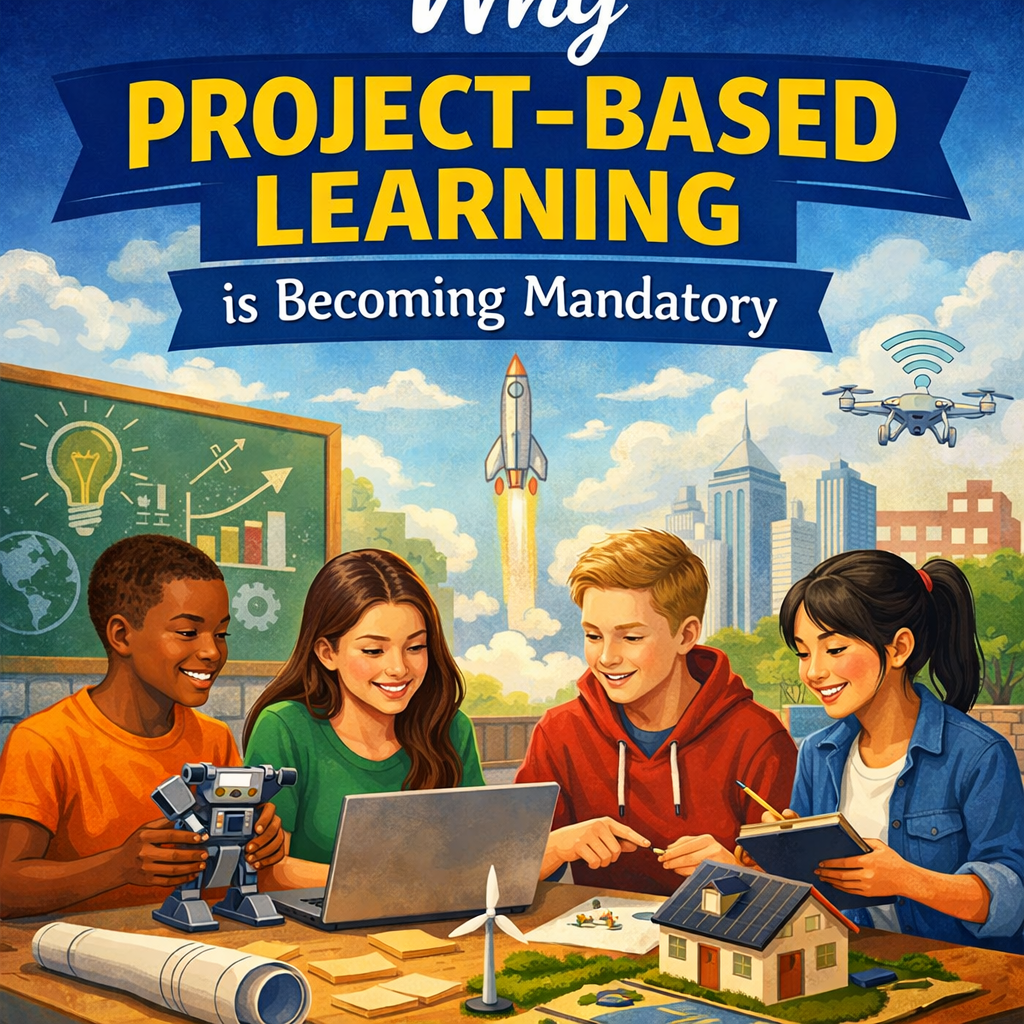Introduction
Freelancing has shifted from a side hustle to a full-time career choice for millions of professionals worldwide. Thanks to digital tools, online platforms, and remote-friendly work cultures, starting a work-from-home freelancing career is now more accessible than ever. Whether you’re tired of rigid office routines, seeking financial independence, or simply craving flexibility, freelancing offers the freedom to earn on your terms. However, getting started isn’t just about creating a profile on a platform and waiting for clients to arrive. It requires positioning, strategy, consistency, and the right mindset.
The good news? You don’t need advanced degrees, prior experience, or big investments to begin. You only need clarity on what services you can offer, where to find clients, how to package yourself professionally, and how to deliver results that turn one-time projects into long-term income streams. In this guide, you’ll learn how to start a work-from-home freelancing career from scratch, even if you currently have no portfolio or technical background. From choosing your niche to getting your first paying client, everything is broken down into practical steps you can act on immediately.
Let’s turn your skills or even your interest in learning a skill into a profitable online business.
You can read the summary here.
Step 1: Choose the Right Freelance Service to Offer
Identify What You Can Sell Online
Before you launch your freelancing journey, you must decide what service you’ll provide. Most beginners overthink this step, worrying that they don’t have the “right” expertise. The truth is, you don’t need to be an expert; just be better than the person hiring you.
Start by answering three questions:
- What am I already good at or enjoy doing?
- What problems can I solve for businesses or individuals?
- Is there demand for this service online?
Popular entry-level freelance skills include:
- Content writing and blogging
- Social media management
- Graphic design using Canva
- Virtual assistance (email handling, scheduling, research)
- Basic video editing
- Data entry or lead generation
If you don’t have any marketable skills yet, pick one and learn it quickly using YouTube, online courses, or tutorials. Digital skills like copywriting, basic design, or short-form content editing can be learned in 30–60 days with consistent effort.
Position Yourself as a Specialist, not a Generalist
Clients don’t search for “someone who can do everything.” They search for specific problem-solvers like “Podcast editor,” “Instagram caption writer,” or “Shopify product description expert.” Choose one clear offering and position yourself around it. Once you gain confidence and clients, you can expand later.
Step 2: Build a Simple Yet Professional Online Presence
Create a Portfolio Even If You Don’t Have Clients Yet
A portfolio is essential, but it doesn’t have to be complicated. If you’ve never worked with clients, create sample work. For example:
- Write three blog posts on trending topics.
- Design mock social media posts for a fictional brand.
- Edit a random video clip to showcase your style.
Upload your samples to Google Drive, Notion, Behance, or a free portfolio website like Carrd or Canva. Make it easy for clients to view your work without downloading anything.
Set Up Professional Profiles on Freelance Platforms
To get discovered faster, create profiles on trusted freelancing platforms like:
- Upwork – great for long-term clients and premium projects
- Fiverr – ideal for offering fixed-price services
- Freelancer.com – competitive but full of opportunities
- LinkedIn – powerful for personal branding and networking
Use a clear profile picture, compelling bio, and a strong headline such as:
“Social Media Caption Writer Helping Brands Drive Engagement with Personality and Wit.”
Profiles that speak directly to client needs convert better than generic descriptions like “I can do content writing.”
Step 3: Learn How to Pitch and Get Your First Client
Craft Messages That Focus on the Cli, t, Not Just You
Most beginners make the mistake of writing proposals like a résumé. They talk about their skills, education, or degree instead of addressing what the client actually wants: solutions.
A winning proposal structure looks like this:
- Greet the client by name.
- Mention one thing from their job description to show you’ve read it.
- Explain how you’ll solve their problem.
- Share one relevant sample or past result.
- End with a short call to action like “Shall I send a quick draft?”
This human approach beats robotic copy-paste pitches.
Start Small Then Upsell
Your first goal is not to earn thousands. It’s to build momentum. Accept small projects initially to gain ratings and testimonials. Once you deliver value, offer ongoing support or related services, turning one-time clients into long-term income streams.
Step 4: Deliver Like a Pro and Build Long-Term Success
Communicate Clearly and Set Expectations
Freelancing is not just about doing tasks; it’s about working with people. Always clarify project requirements, deadlines, number of revisions, and deliverables before starting.
Use tools like:
- Trello or Notion for managing tasks
- Slack or WhatsApp for client communication
- Google Docs and Canva for collaborative work
Professionalism isn’t about perfection; it’s about communication.
Maintain Relationships, Not Just Transactions
The biggest freelancing income doesn’t come from one big client, but it comes from consistent ones. After delivering a project:
- Ask for feedback.
- Offer to help with related tasks.
- Stay in touch through monthly check-ins.
Referrals often become your strongest growth.
Conclusion: Freelancing Is Not Just a Career, It’s Freedom
Starting a work-from-home freelancing career isn’t about luck or timing. It’s about decision and discipline. Choose a service, build your portfolio, pitch with confidence, and deliver like a professional. The first client may take time, but once that door opens, consistency turns occasional earnings into a full-time income.
If you’re still waiting for the “right moment,” remember: the right moment begins the day you decide to start.
Building a work-from-home freelancing career isn’t reserved for experts or risk-takers; it’s for anyone willing to learn, show up consistently, and deliver value. You don’t need perfect skills, a fancy setup, or years of experience. You just need clarity, confidence, and a willingness to take the first step. Choose one service, create simple samples, pitch with genuine intent, and treat every client like a long-term partner. The first project may feel challenging, but with every delivery, your credibility, confidence, and income grow. Freelancing is more than an income mode, it’s freedom. Freedom to choose your schedule, your clients, your income ceiling, and ultimately, your lifestyle. So instead of waiting for the “right time,” make today the day you begin. Your future self will thank you for getting started, not when you were ready, but when you decided to try.
Find Your Dream Job Today Explore Endless Career Opportunities and Secure Your Next Role with Best Job Tool







Leave a Reply